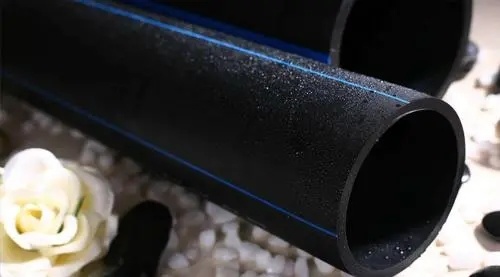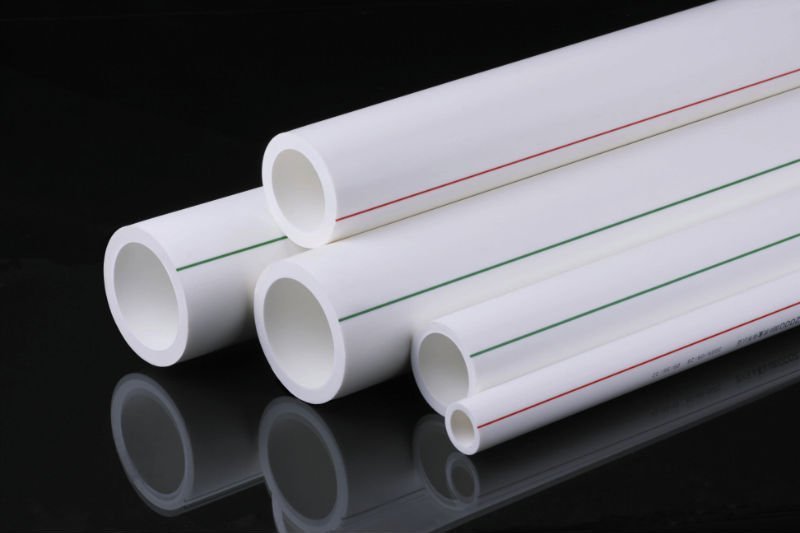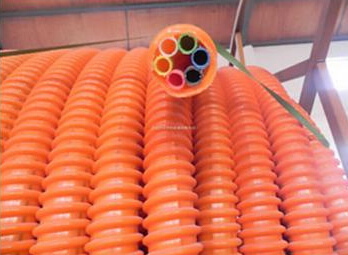Understanding Multi-Hole Optical Cable Protection Tubes: Essential Insights for the Electrical and Fiber Optic Industry
Nov 14,2024
In the electrical and fiber optic industry, the integrity and longevity of optical cables are paramount. One essential component that plays a critical role in preserving these cables is the multi-hole optical cable protection tube. This specialized protective tubing is designed to house and safeguard multiple optical fibers or cables, ensuring that they remain operational under various environmental conditions.
Multi-hole optical cable protection tubes are typically made from durable materials that provide excellent resistance to physical damage, moisture, and environmental factors. These tubes are engineered to accommodate multiple fibers within a single protective structure, streamlining installation processes and reducing the overall space required for cable management. This is particularly beneficial in complex installations where space is at a premium.
One of the key advantages of using multi-hole optical cable protection tubes is their ability to minimize the risk of damage to the fibers they encase. The design of these tubes allows for adequate spacing between individual cables, reducing the potential for abrasion and contact damage. This is crucial in environments where vibration, movement, or external pressures might impact the cables' performance.
Furthermore, the installation of these protection tubes can enhance the organization and accessibility of fiber optic networks. With multiple fibers housed together, technicians and engineers can more easily identify and manage the cables during maintenance or upgrades. This organized approach not only simplifies troubleshooting but also helps to maintain the integrity of the network, as each fiber is adequately protected.
Another significant benefit is the potential for improved thermal management. Many multi-hole optical cable protection tubes are designed with materials that can help dissipate heat, which is particularly important in high-density networks where heat buildup can lead to performance issues or degradation of the cable materials over time.
In addition to these technical advantages, the use of multi-hole optical cable protection tubes can contribute to compliance with industry standards and regulations. Proper protection and management of fiber optic cables are often essential for meeting safety and operational guidelines within various sectors.
In summary, multi-hole optical cable protection tubes serve a vital function in the protection and management of fiber optic cables. Their design offers numerous benefits, including physical protection, space efficiency, enhanced organization, and compliance with industry standards. For professionals in the electrical and fiber optic industries, understanding the role and advantages of these protection tubes is essential for maintaining a reliable and efficient network infrastructure. By choosing the right protection solutions, companies can ensure the longevity and performance of their fiber optic installations.
Multi-hole optical cable protection tubes are typically made from durable materials that provide excellent resistance to physical damage, moisture, and environmental factors. These tubes are engineered to accommodate multiple fibers within a single protective structure, streamlining installation processes and reducing the overall space required for cable management. This is particularly beneficial in complex installations where space is at a premium.
One of the key advantages of using multi-hole optical cable protection tubes is their ability to minimize the risk of damage to the fibers they encase. The design of these tubes allows for adequate spacing between individual cables, reducing the potential for abrasion and contact damage. This is crucial in environments where vibration, movement, or external pressures might impact the cables' performance.
Furthermore, the installation of these protection tubes can enhance the organization and accessibility of fiber optic networks. With multiple fibers housed together, technicians and engineers can more easily identify and manage the cables during maintenance or upgrades. This organized approach not only simplifies troubleshooting but also helps to maintain the integrity of the network, as each fiber is adequately protected.
Another significant benefit is the potential for improved thermal management. Many multi-hole optical cable protection tubes are designed with materials that can help dissipate heat, which is particularly important in high-density networks where heat buildup can lead to performance issues or degradation of the cable materials over time.
In addition to these technical advantages, the use of multi-hole optical cable protection tubes can contribute to compliance with industry standards and regulations. Proper protection and management of fiber optic cables are often essential for meeting safety and operational guidelines within various sectors.
In summary, multi-hole optical cable protection tubes serve a vital function in the protection and management of fiber optic cables. Their design offers numerous benefits, including physical protection, space efficiency, enhanced organization, and compliance with industry standards. For professionals in the electrical and fiber optic industries, understanding the role and advantages of these protection tubes is essential for maintaining a reliable and efficient network infrastructure. By choosing the right protection solutions, companies can ensure the longevity and performance of their fiber optic installations.
Latest News







